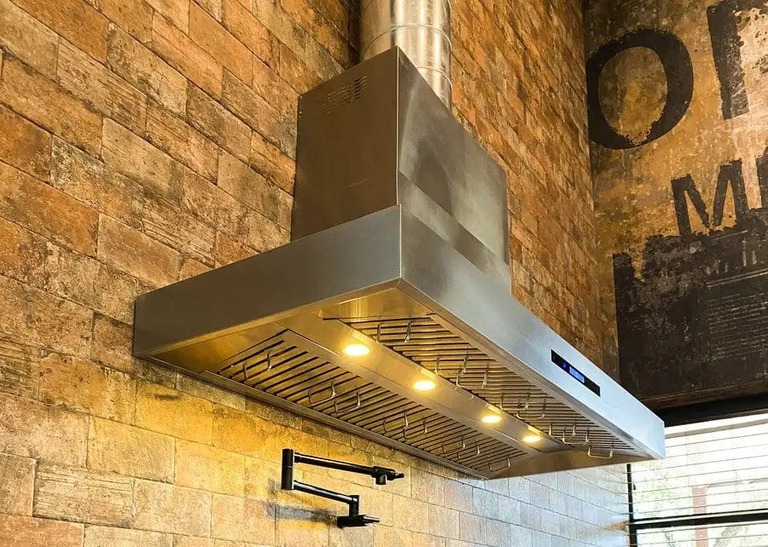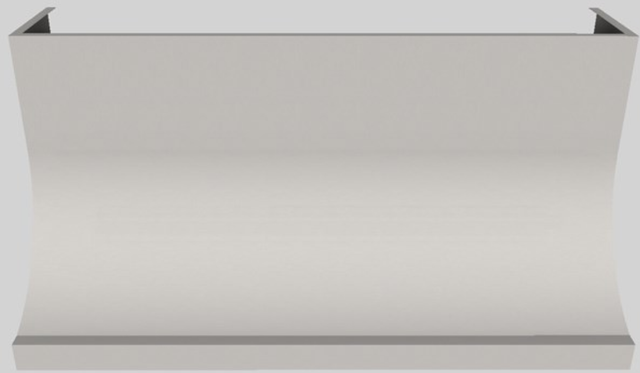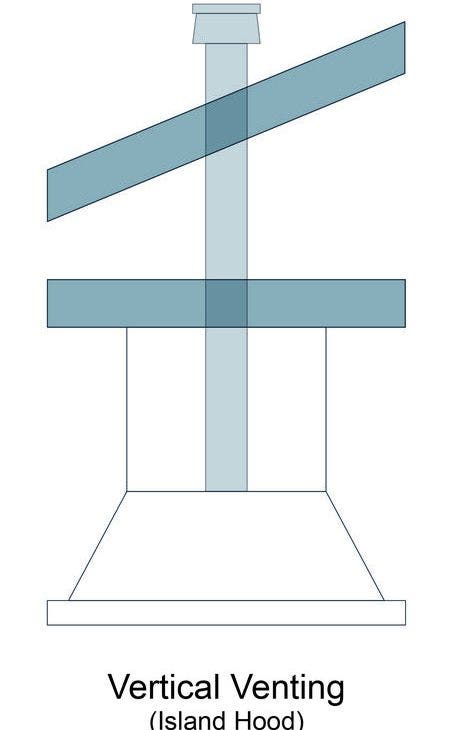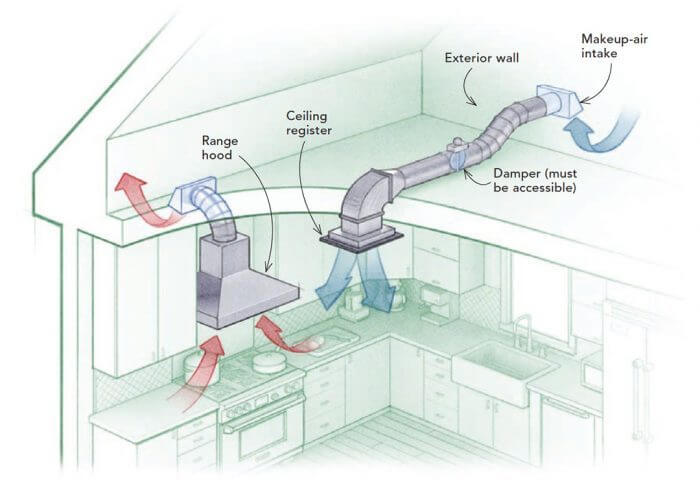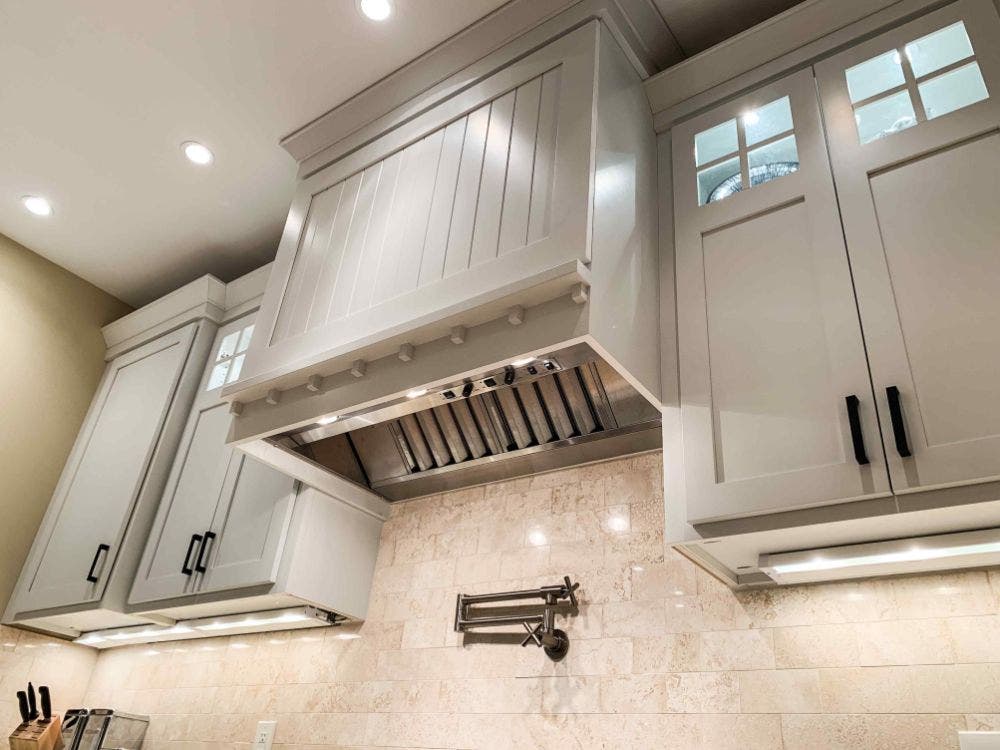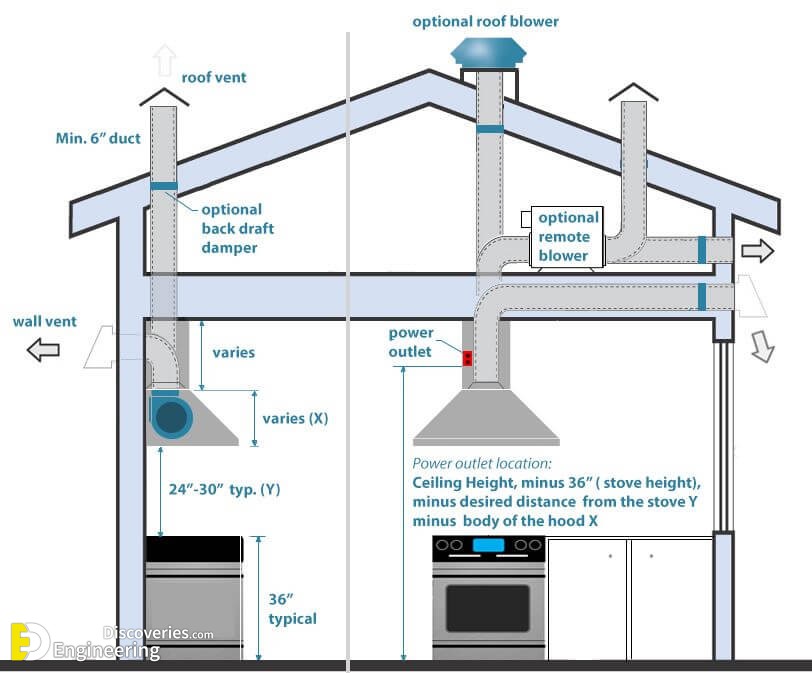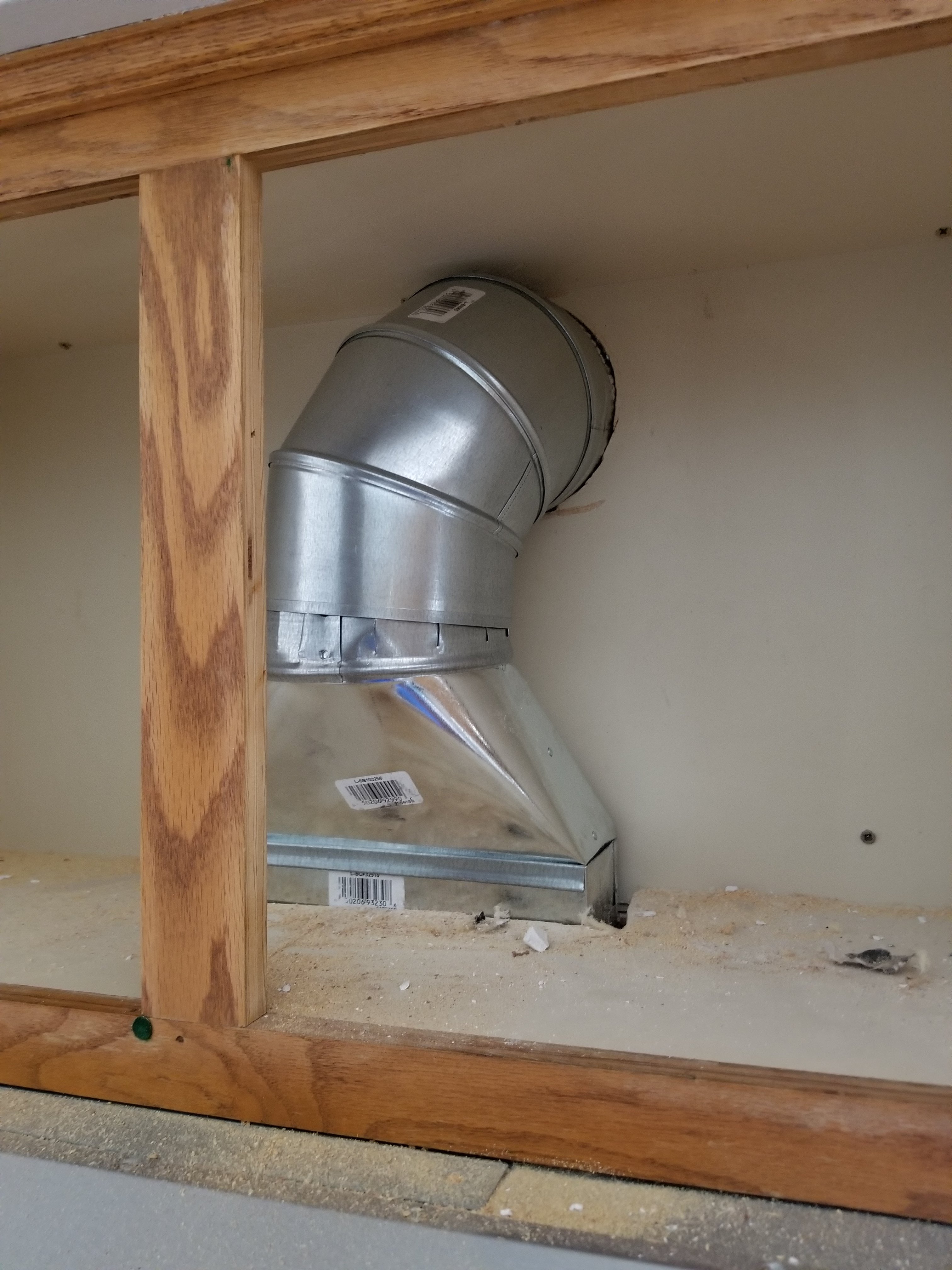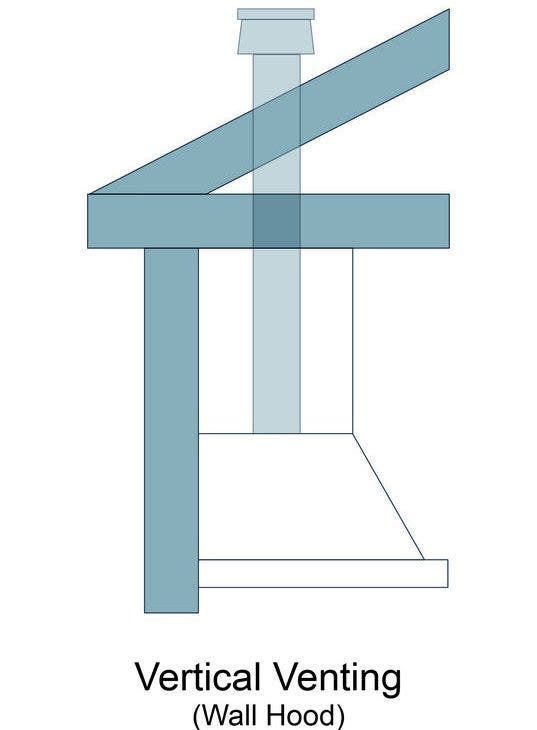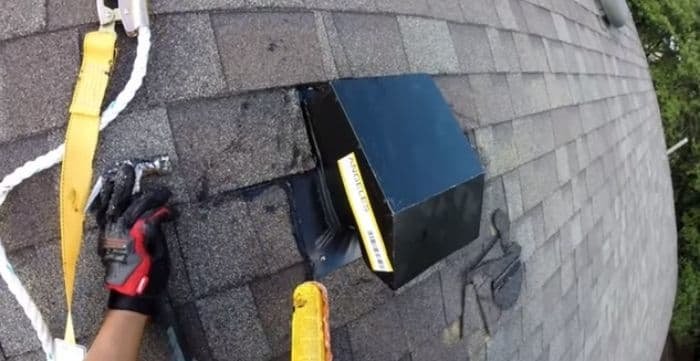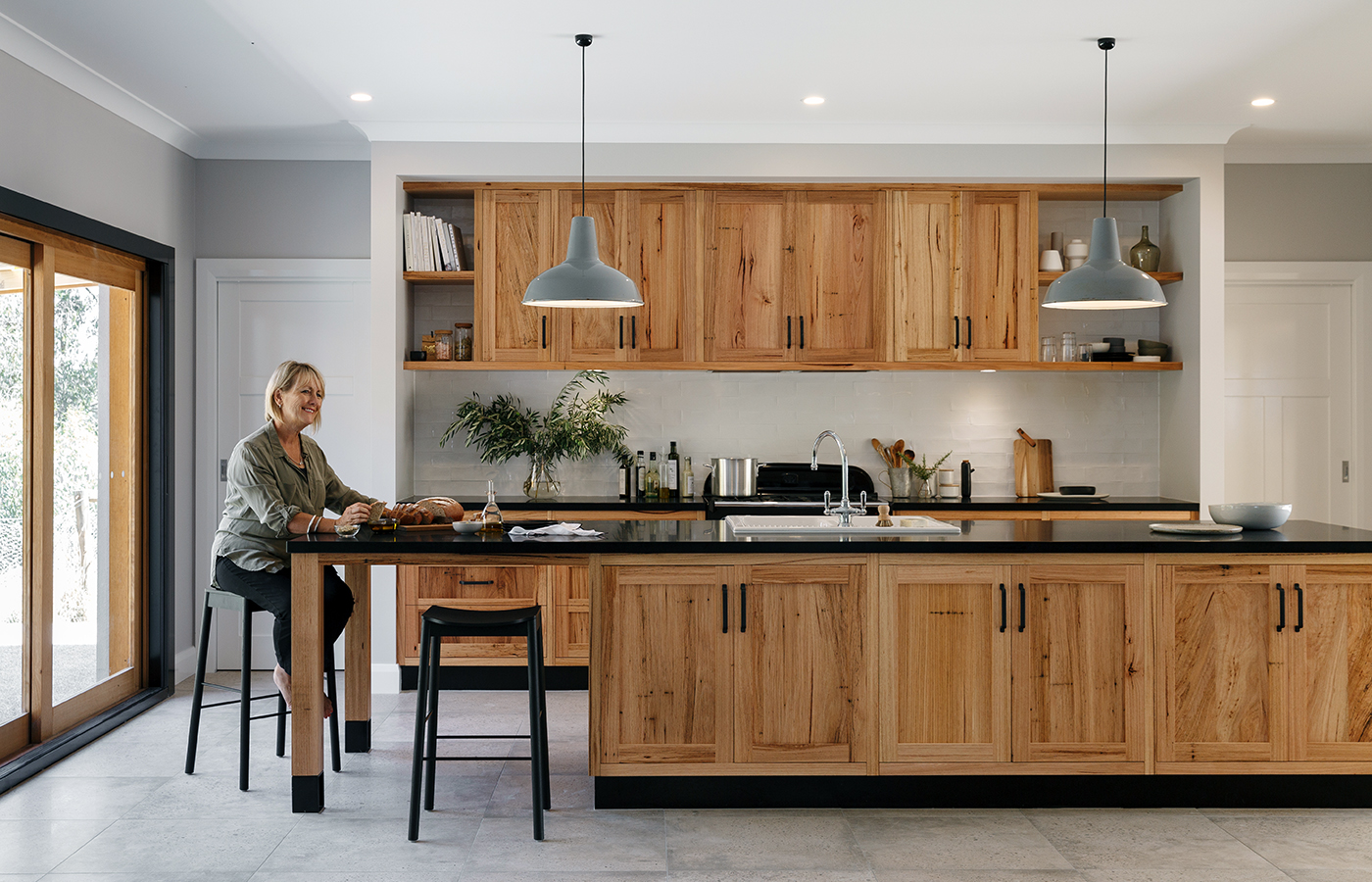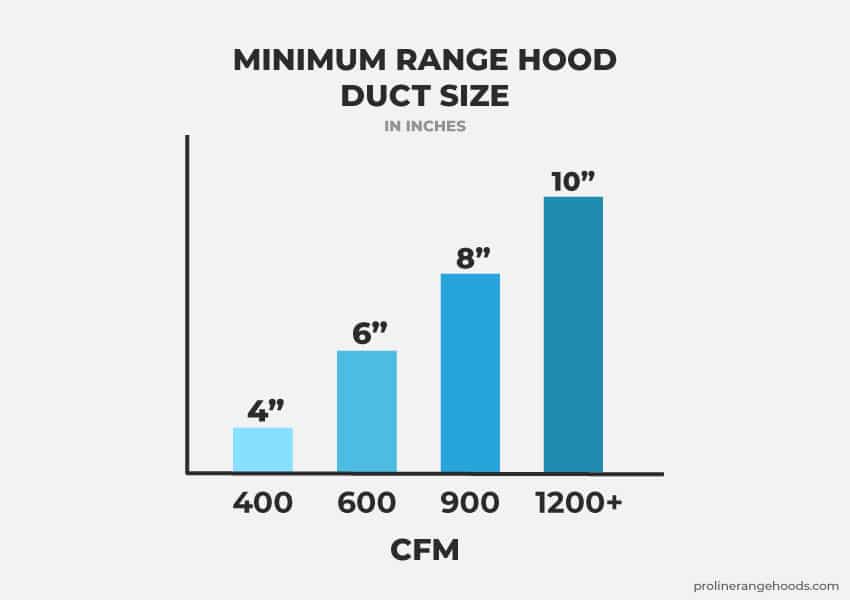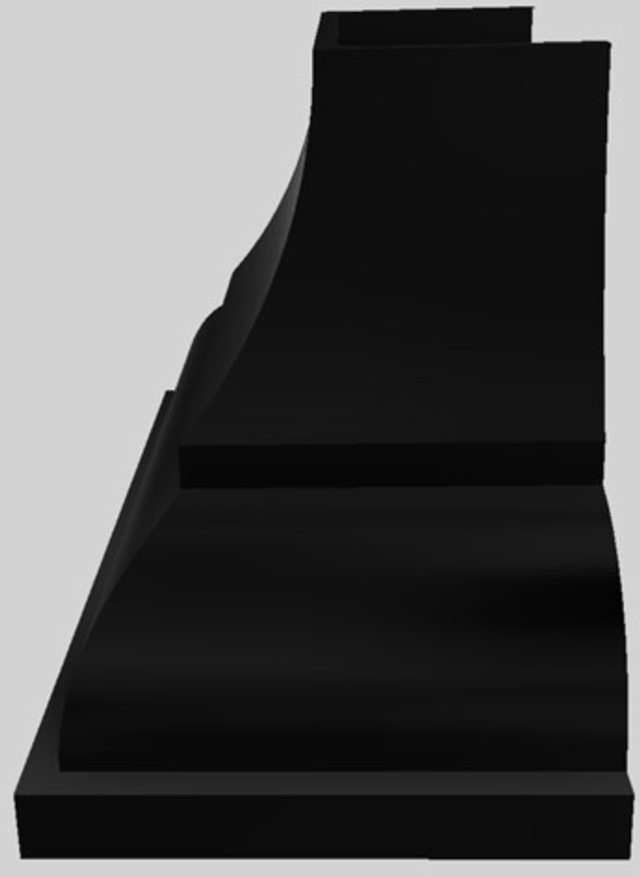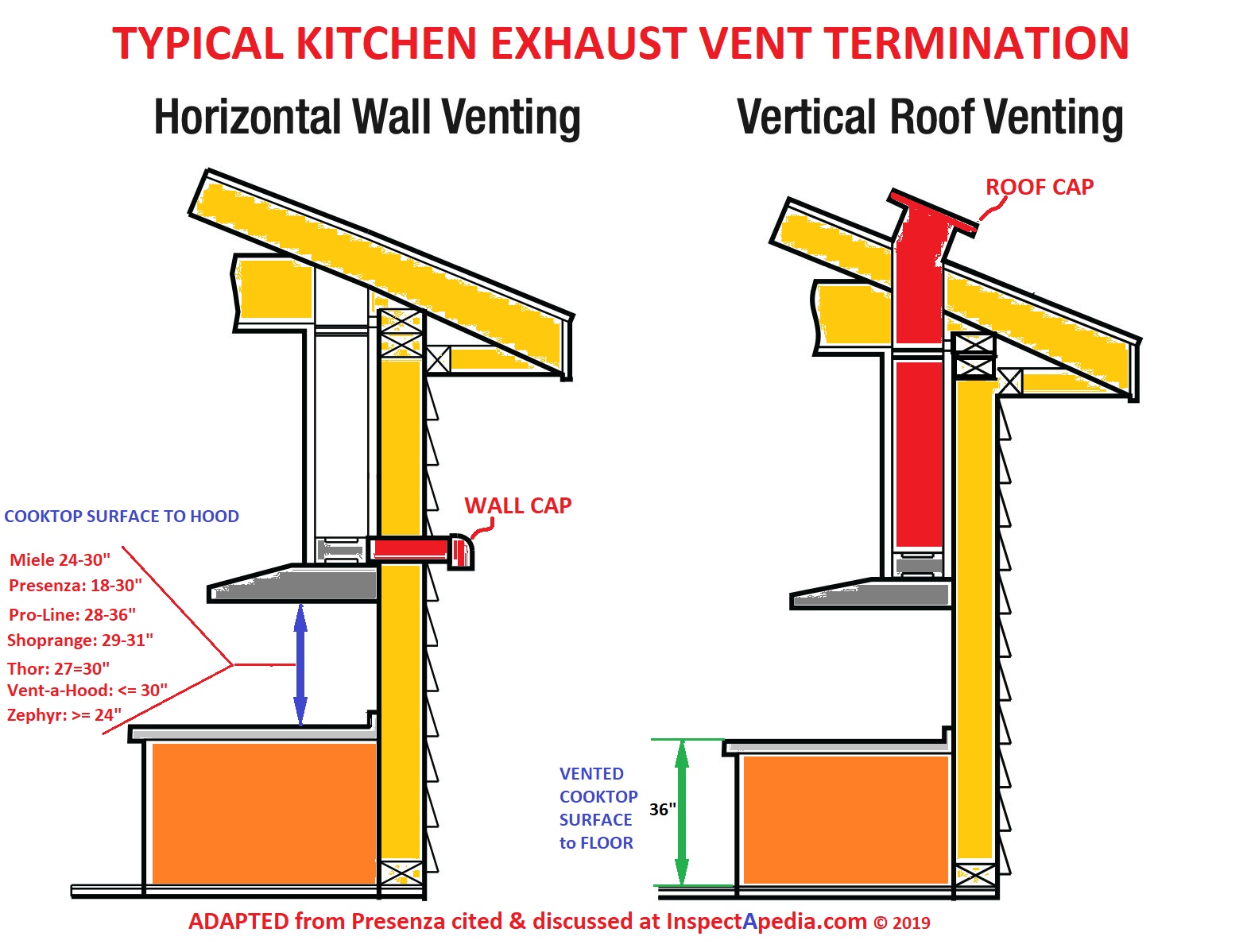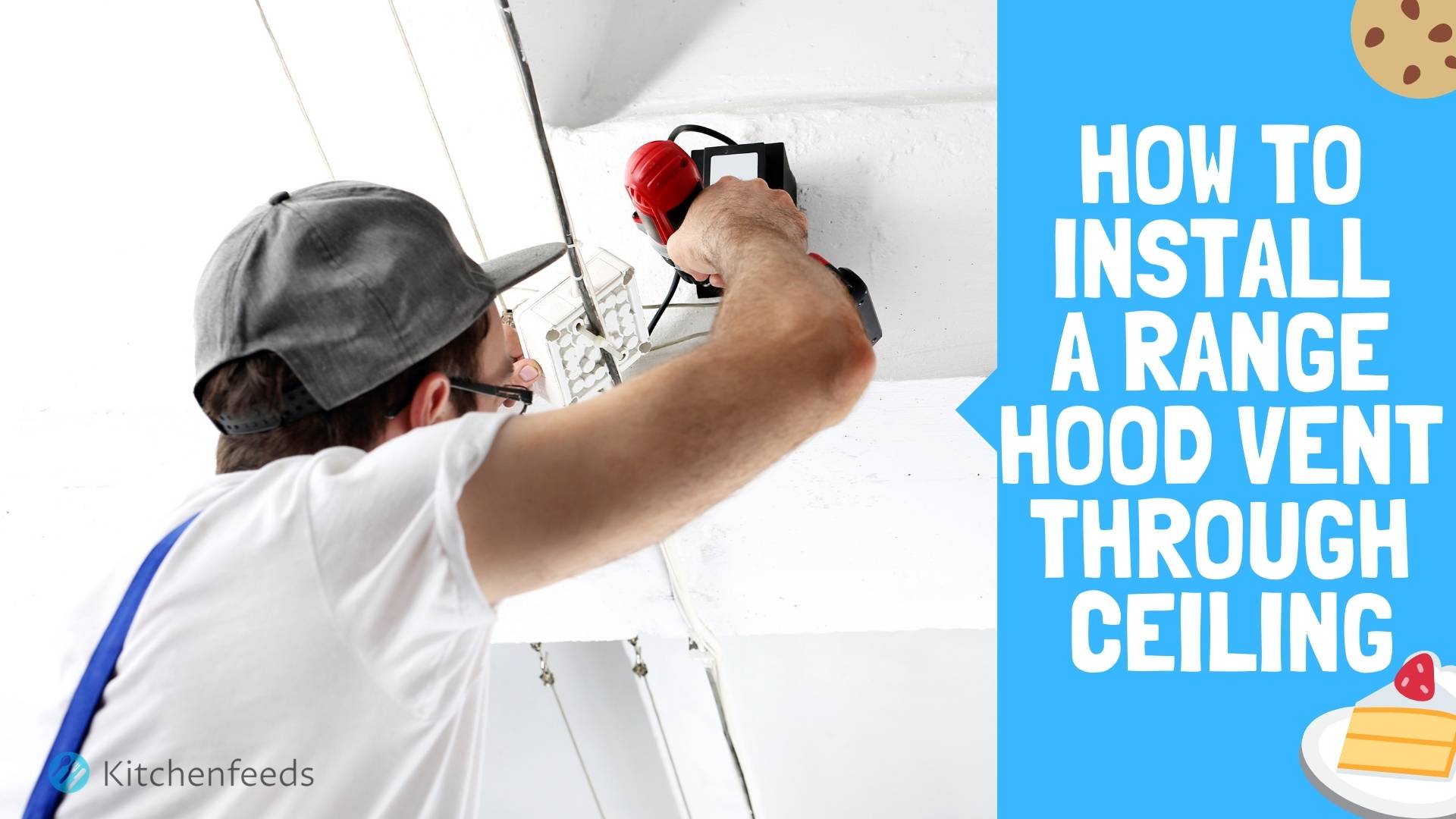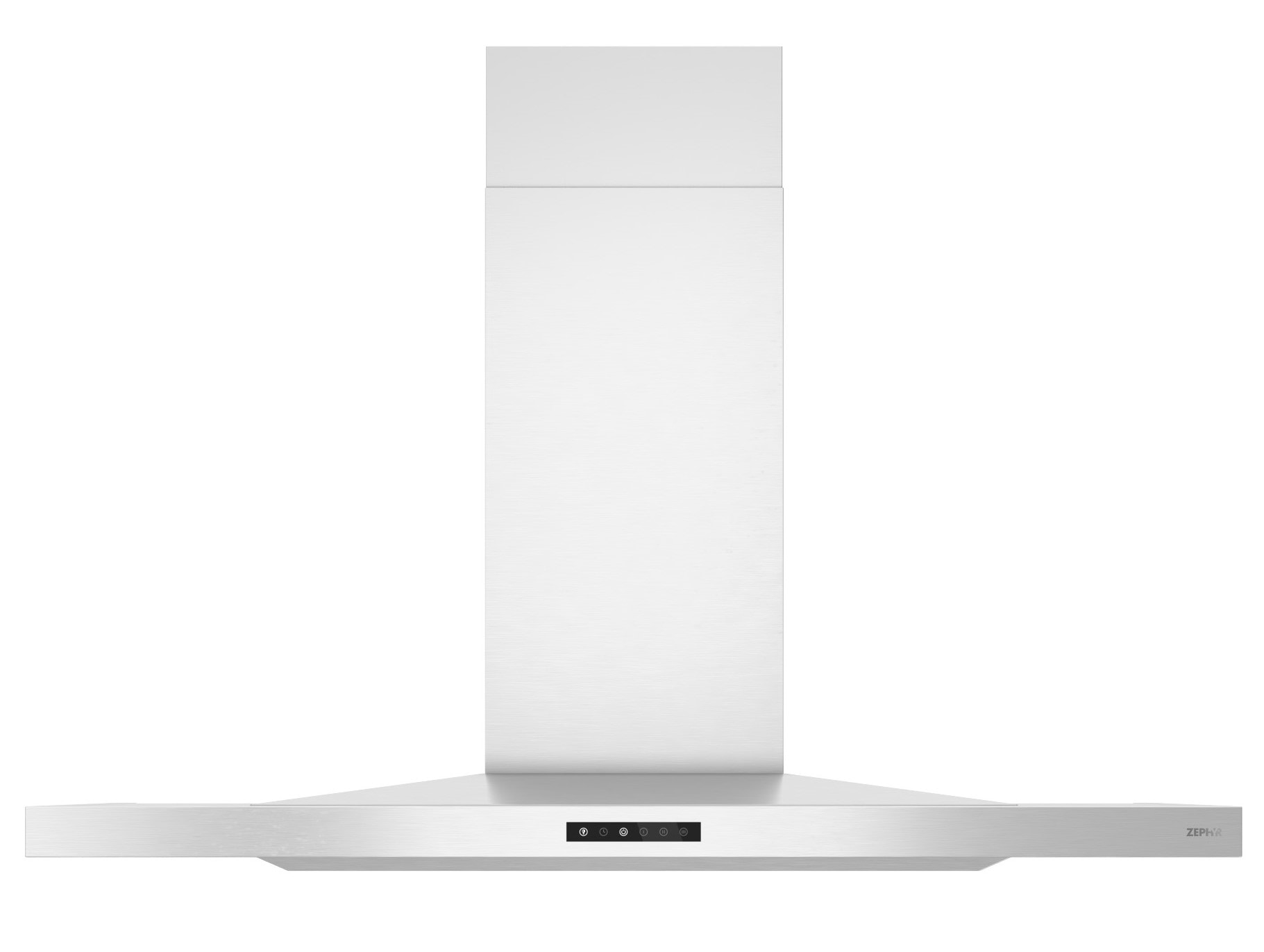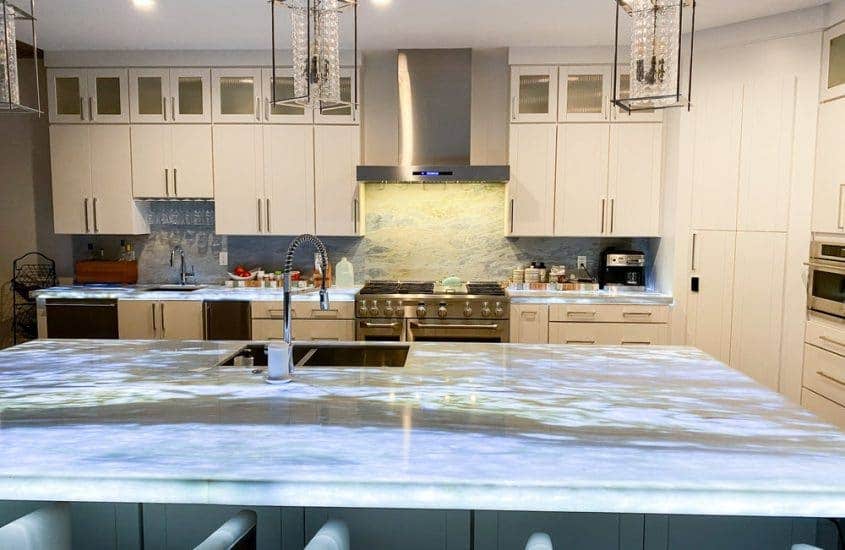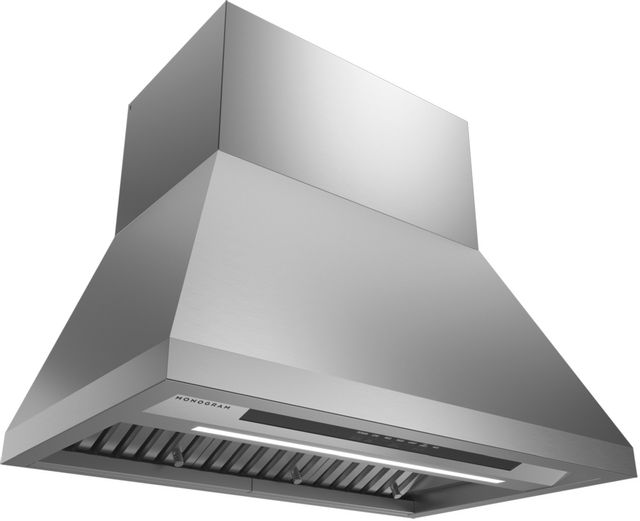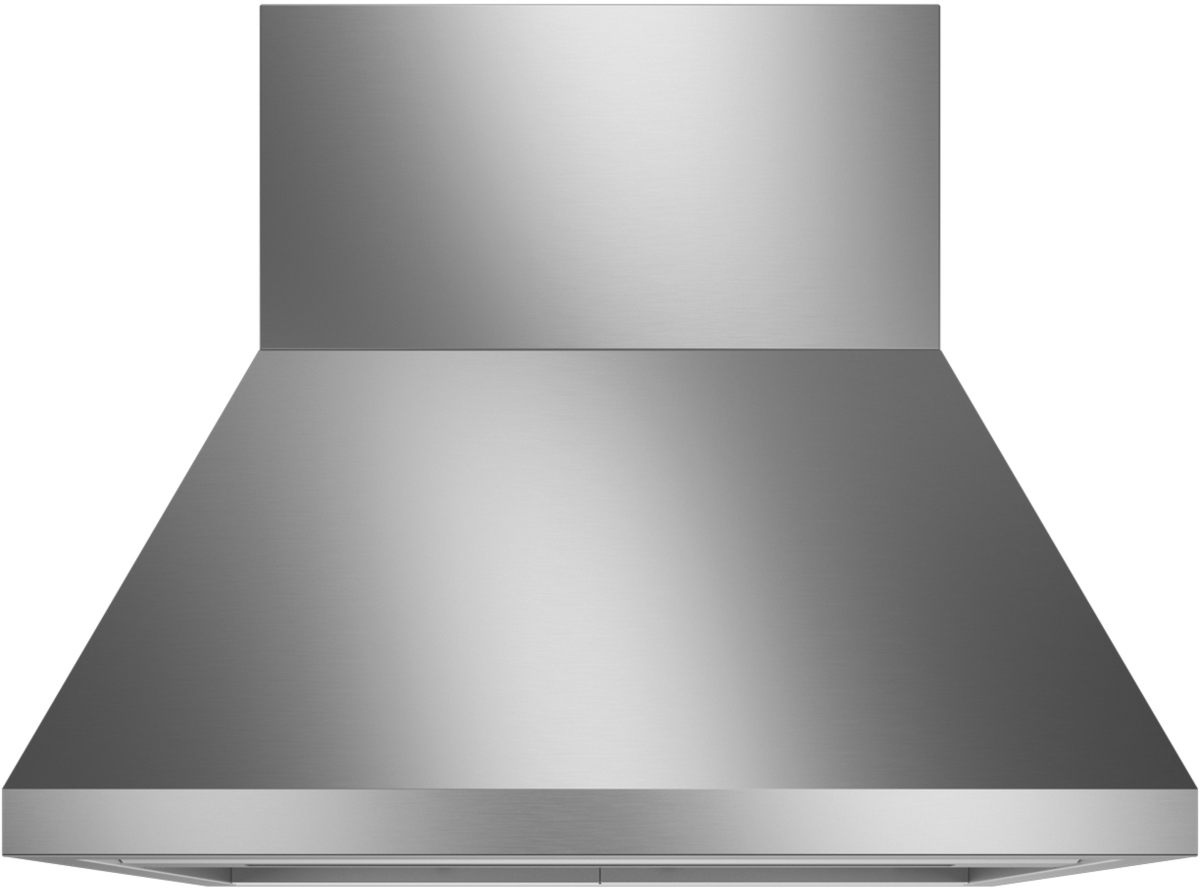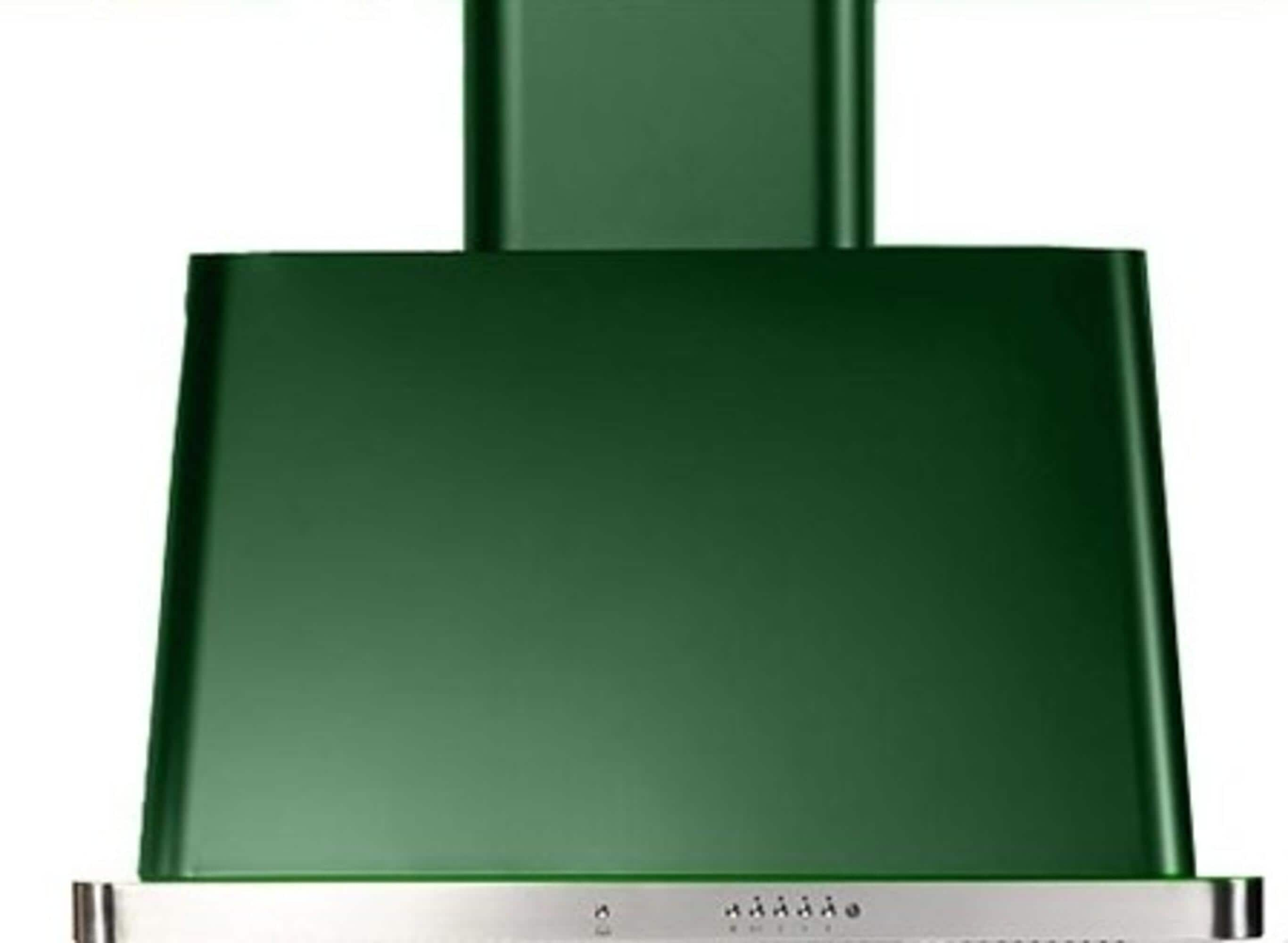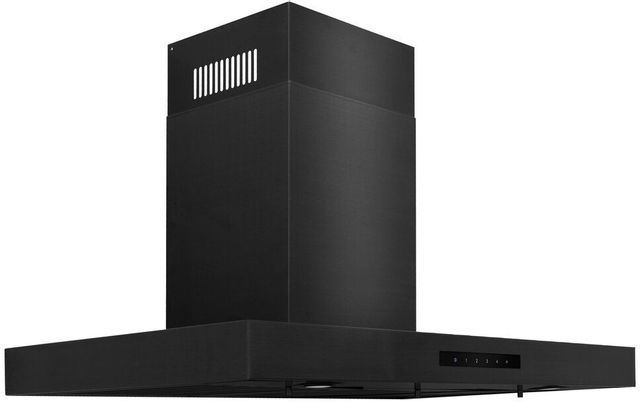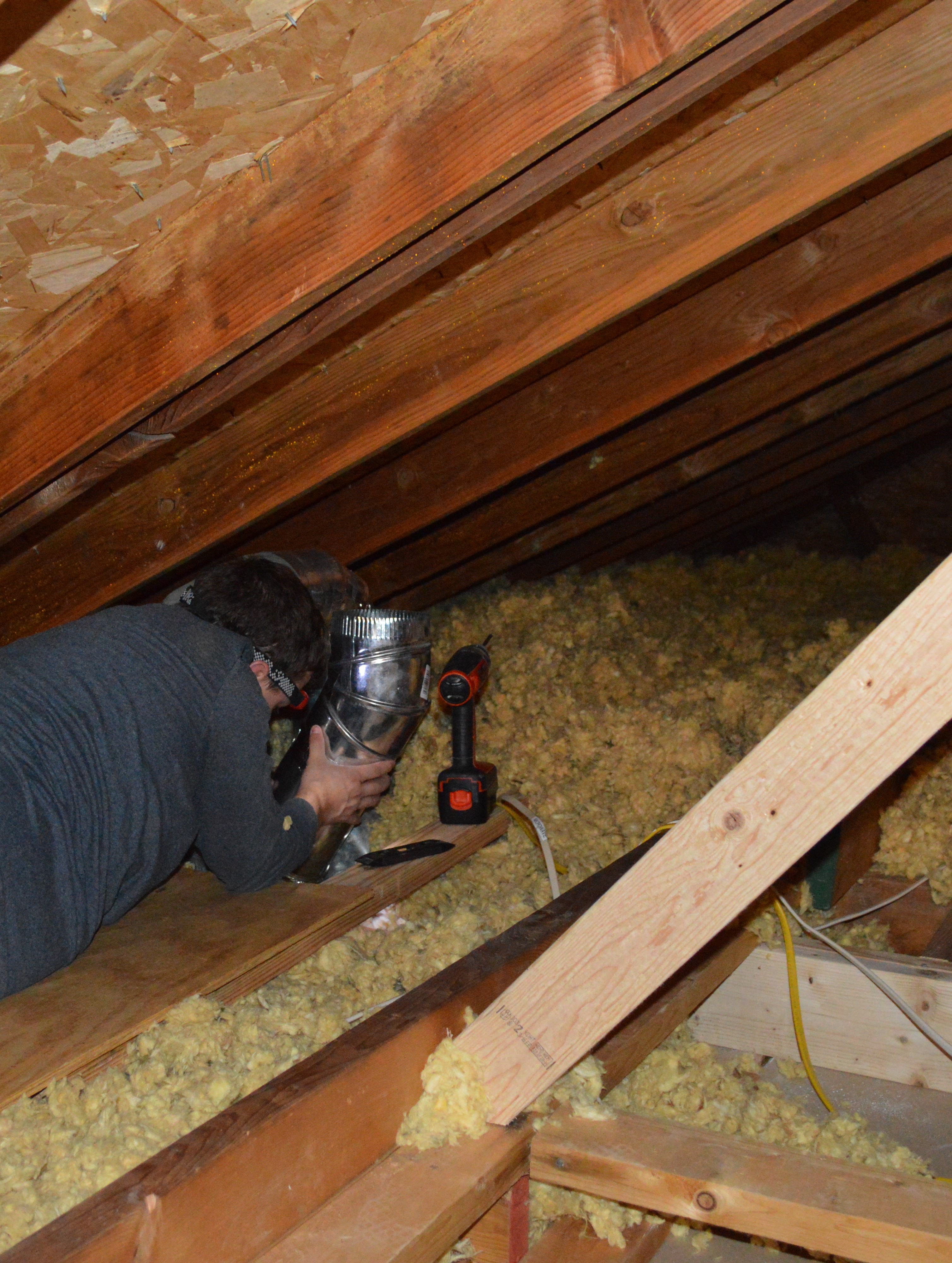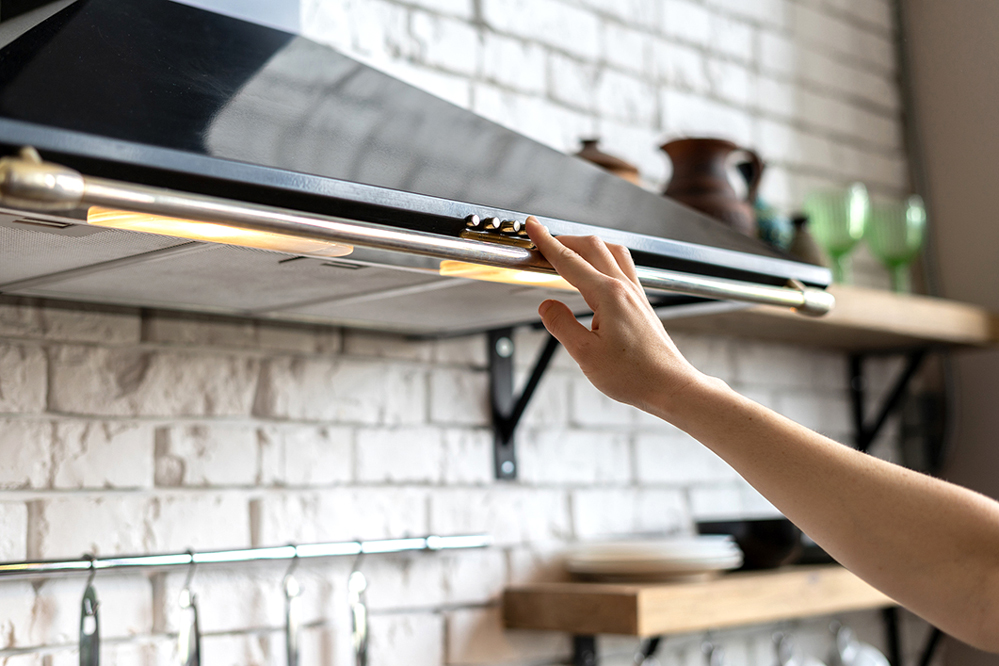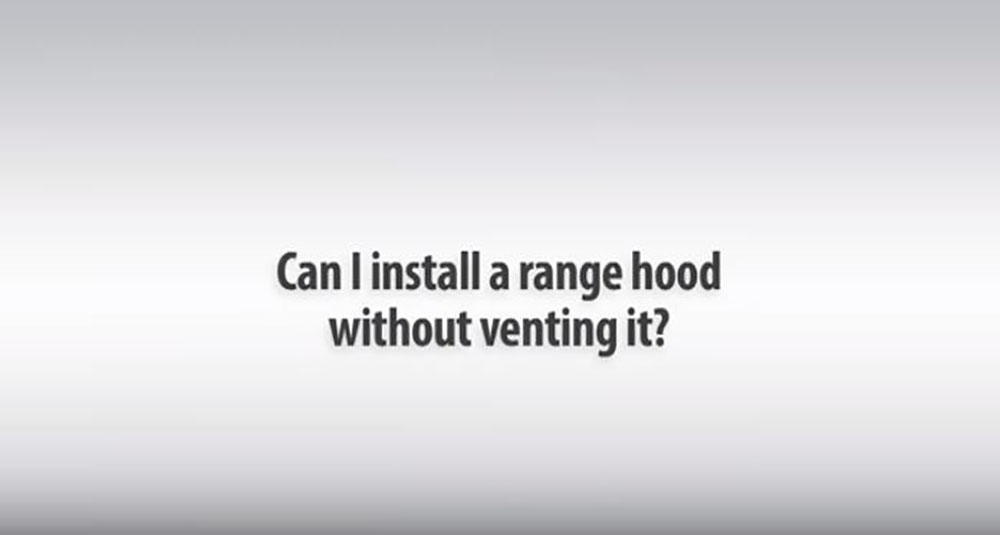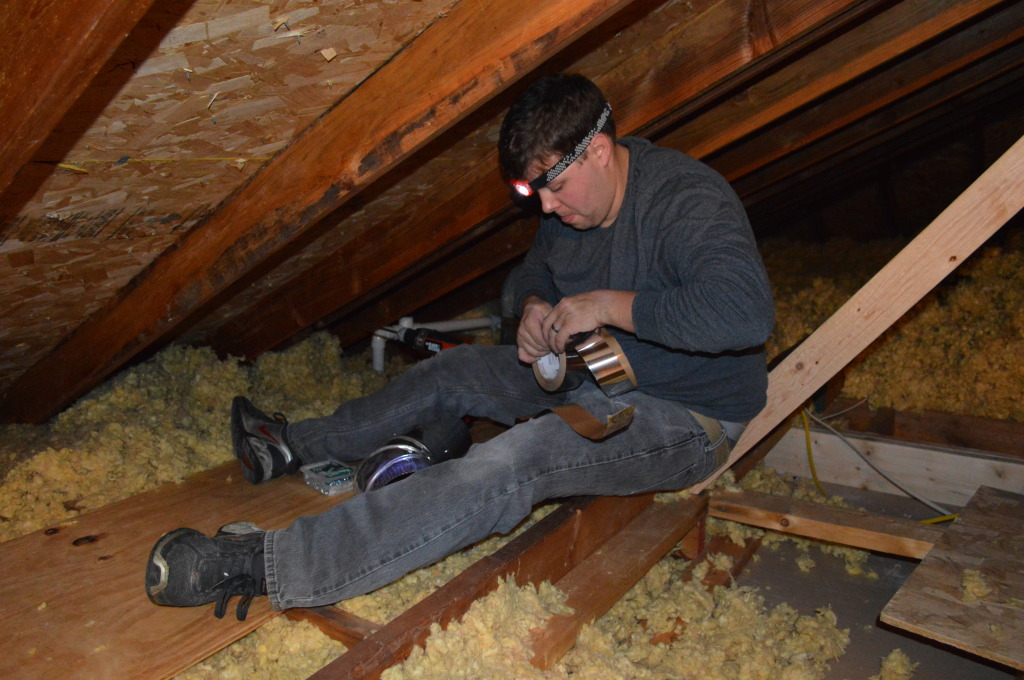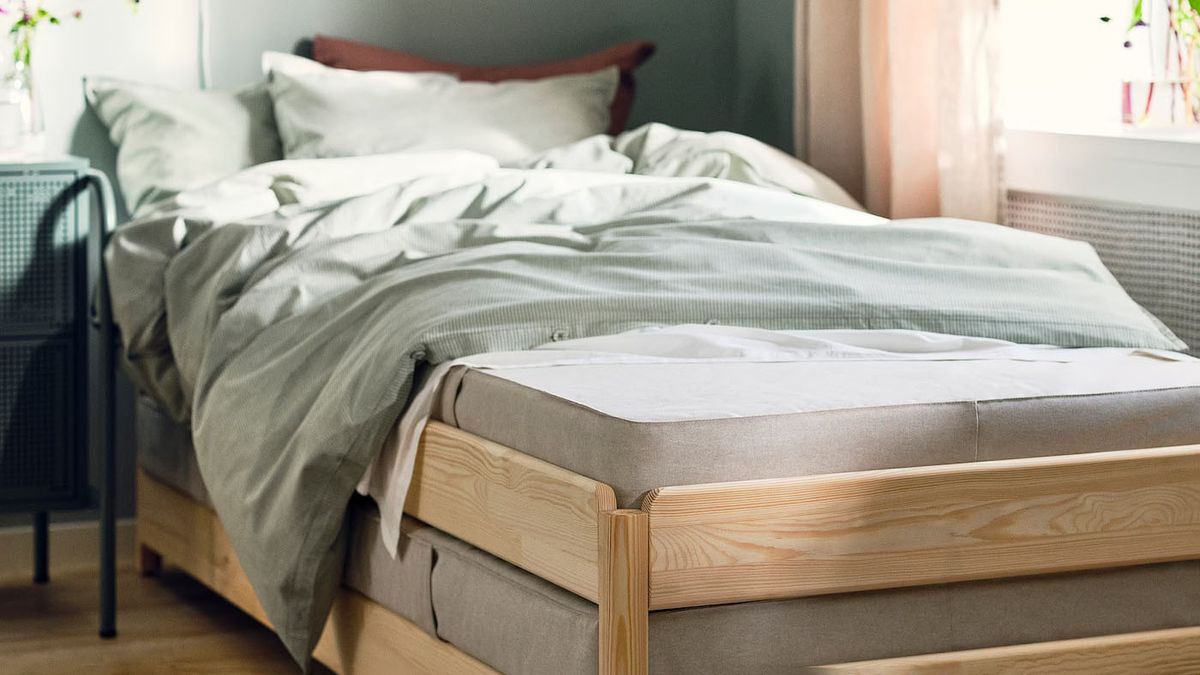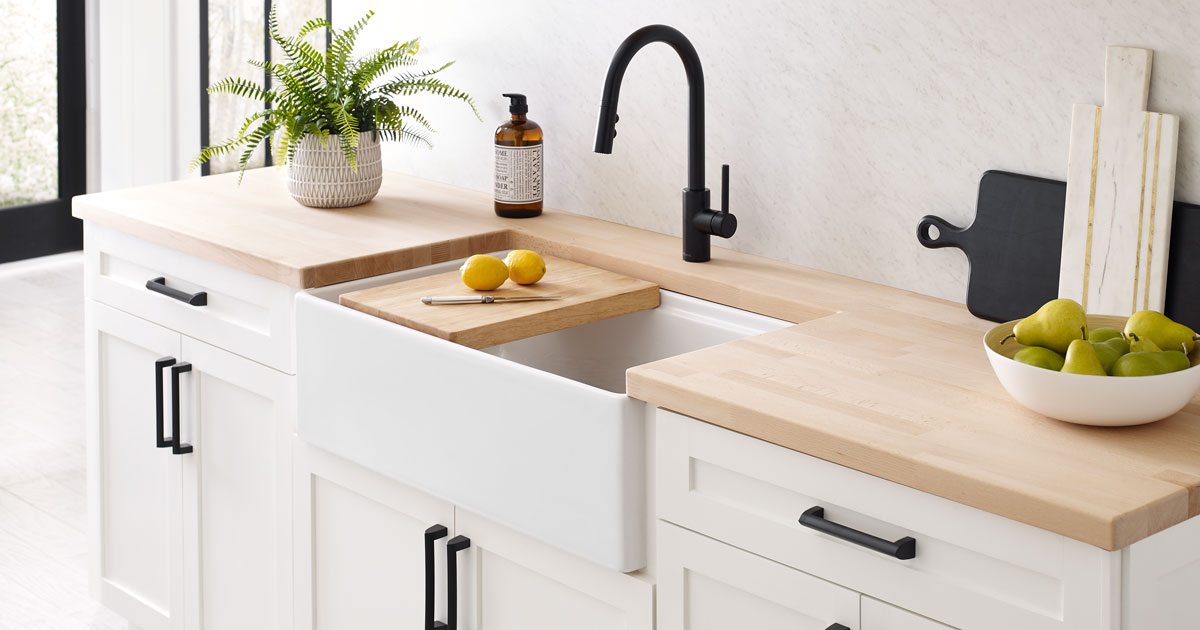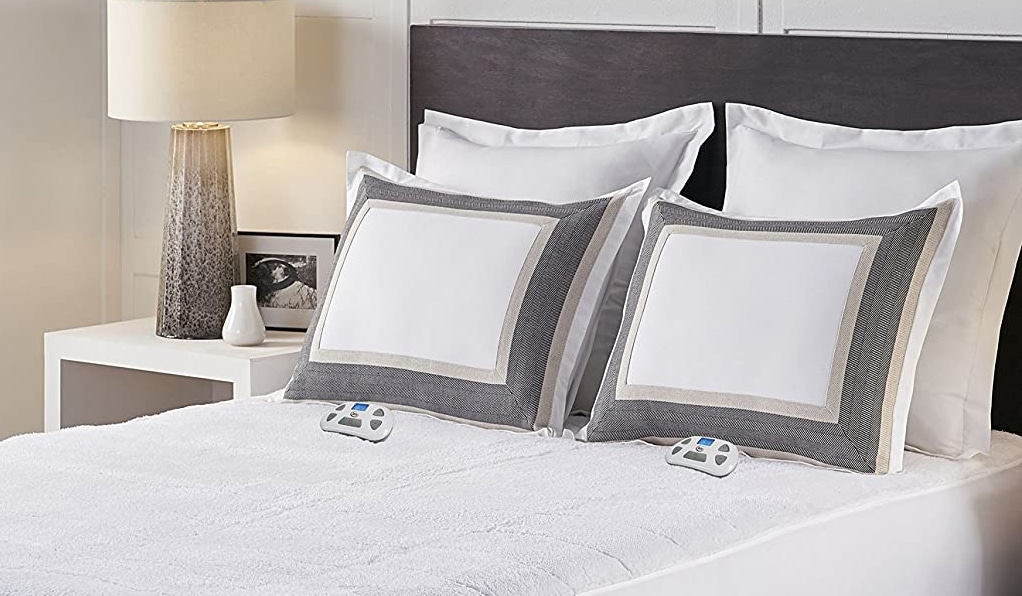Wall-mounted range hoods are a popular choice for kitchen ventilation, and for good reason. These hoods are mounted directly on the wall above your stove, providing efficient and effective removal of smoke, steam, and cooking odors. With a variety of styles and sizes to choose from, you can find the perfect wall-mounted range hood to fit your kitchen's design and cooking needs.1. Wall-Mounted Range Hoods
When it comes to venting your kitchen stove, you have two main options: ducted and ductless. Ducted venting involves installing a vent hood that is connected to a duct that leads to the exterior of your home, allowing for proper ventilation of cooking fumes. Ductless venting, on the other hand, uses a filter to recirculate air back into the kitchen. While ductless venting may be easier and more cost-effective to install, ducted venting is generally considered more efficient in removing smoke and odors.2. Ducted vs. Ductless Venting
If your kitchen is located in the interior of your home, installing a vent hood may seem like a daunting task. However, it is possible to vent your range hood through an interior wall. This involves cutting a hole in the wall to install a duct that leads to the exterior of your home. It's important to consult with a professional to ensure proper installation and to avoid any potential safety hazards.3. Installing a Vent Hood on an Interior Wall
For kitchens located on an exterior wall, venting your range hood is a much simpler process. The vent can be installed directly through the wall, allowing for easy removal of cooking fumes and odors. This type of venting is also ideal for kitchens with limited space, as it does not require any additional ductwork.4. How to Vent a Range Hood on an Exterior Wall
There are several different types of venting options available for range hoods, including wall, ceiling, and downdraft vents. Wall vents are the most common, as they are typically the easiest to install and offer efficient ventilation. Ceiling vents are a great option for kitchens with cooktops located on an island or peninsula, while downdraft vents are ideal for kitchens with limited space or for those who prefer a more discreet venting option.5. Types of Range Hood Venting
Another popular option for venting a range hood is through the roof. This involves installing a duct that leads from the hood to a vent on the roof of your home. While this may seem like a more complicated option, it can be more efficient in removing smoke and odors, as it eliminates the need for any bends or turns in the ductwork.6. Venting a Range Hood Through the Roof
When it comes to range hoods, size matters. Choosing the right size hood for your stove is crucial for proper ventilation. A hood that is too small may not effectively remove all the smoke and fumes, while a hood that is too large may be excessive and waste energy. It's important to consider the size of your stove and the size of your kitchen when selecting a range hood.7. Choosing the Right Size Range Hood
If you have decided to install a wall-mounted range hood, it's important to know how to properly install the vent through the wall. This involves cutting a hole in the wall, installing a duct, and securing the hood in place. It's highly recommended to consult with a professional for this type of installation, as proper ventilation is essential for both safety and efficiency.8. How to Install a Range Hood Vent Through the Wall
There are numerous benefits to choosing a wall-mounted range hood for your kitchen. Aside from efficient ventilation, these hoods also offer a sleek and modern look, making them a great addition to any kitchen design. They also come in a variety of styles and sizes, allowing for customization to fit your specific needs and preferences.9. Benefits of Wall-Mounted Range Hoods
To ensure your range hood is properly vented, there are a few tips to keep in mind. It's important to regularly clean and replace the filters, as this will help maintain the efficiency of your hood. It's also recommended to turn on the hood before cooking to allow it to remove any lingering odors or smoke. Lastly, regular maintenance and inspections by a professional can help ensure your venting system is working properly and safely.10. Tips for Properly Venting a Range Hood
Why Proper Kitchen Stove Venting on the Wall is Essential for Your Home

Ensuring Safety and Comfort in Your Kitchen
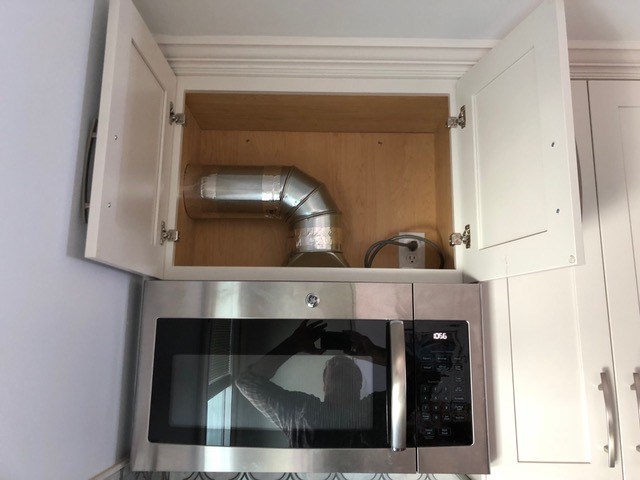 When it comes to designing or renovating your kitchen, proper
kitchen stove venting on the wall
should not be overlooked. Not only does it add to the overall aesthetic of your kitchen, but it also plays a crucial role in ensuring safety and comfort in your home. A kitchen without proper ventilation can quickly become a hot and stuffy space, making it uncomfortable and even dangerous when cooking.
When it comes to designing or renovating your kitchen, proper
kitchen stove venting on the wall
should not be overlooked. Not only does it add to the overall aesthetic of your kitchen, but it also plays a crucial role in ensuring safety and comfort in your home. A kitchen without proper ventilation can quickly become a hot and stuffy space, making it uncomfortable and even dangerous when cooking.
Eliminating Harmful Fumes and Odors
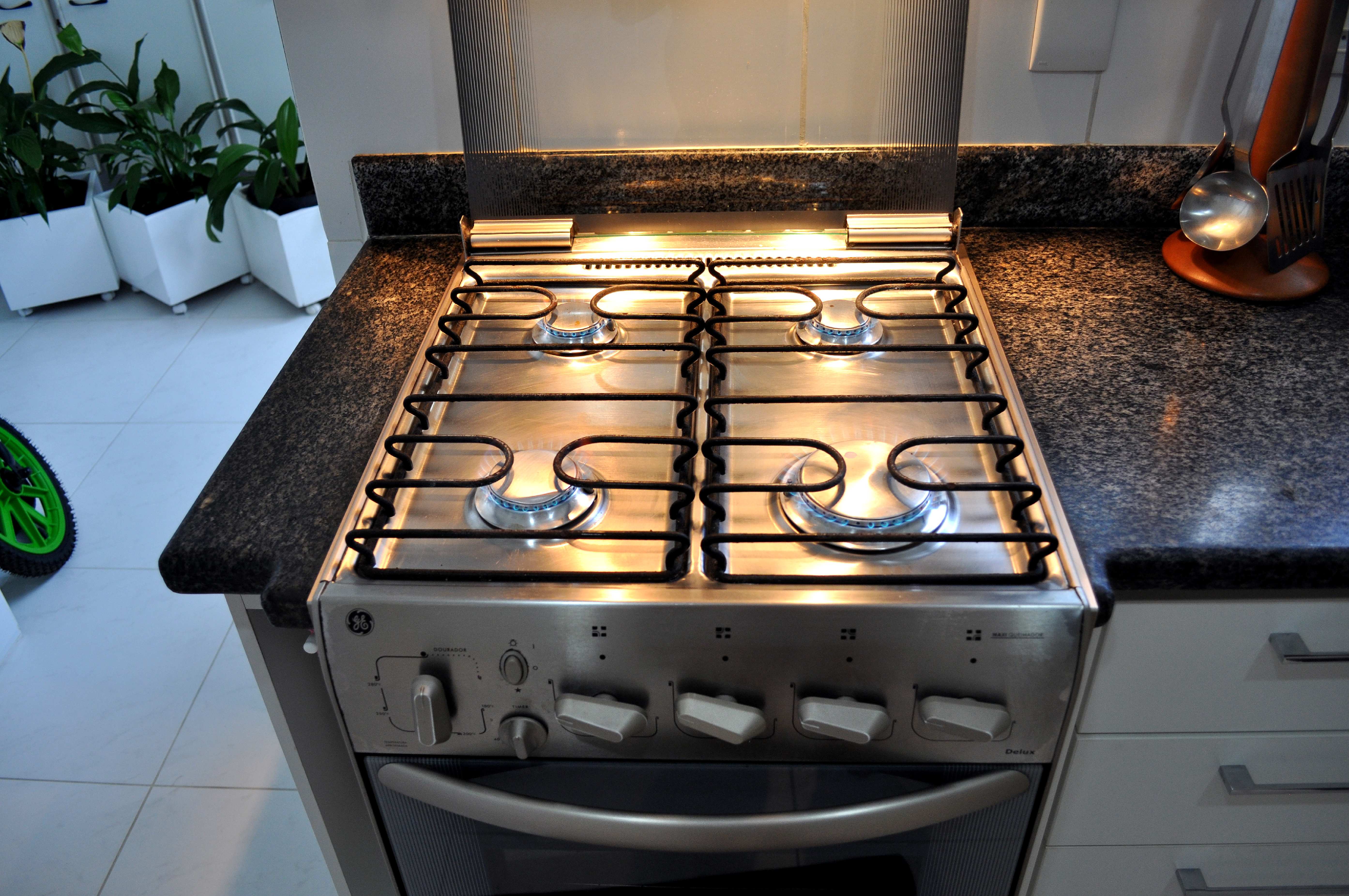 One of the main reasons why
kitchen stove venting on the wall
is essential is to eliminate harmful fumes and odors from your kitchen. When you cook, especially with gas stoves, harmful gases such as carbon monoxide and nitrogen dioxide can be released into the air. These gases can be harmful to your health, causing headaches, dizziness, and even respiratory problems. With a proper venting system, these fumes are directed outside, keeping the air in your kitchen clean and safe to breathe.
One of the main reasons why
kitchen stove venting on the wall
is essential is to eliminate harmful fumes and odors from your kitchen. When you cook, especially with gas stoves, harmful gases such as carbon monoxide and nitrogen dioxide can be released into the air. These gases can be harmful to your health, causing headaches, dizziness, and even respiratory problems. With a proper venting system, these fumes are directed outside, keeping the air in your kitchen clean and safe to breathe.
Preventing Grease Build-up and Fire Hazards
 Another crucial reason to have
kitchen stove venting on the wall
is to prevent grease build-up and potential fire hazards. When you cook, grease and oil particles can be released into the air, which can settle on your kitchen surfaces and appliances, making them dirty and greasy. Over time, this build-up can become a fire hazard. A venting system helps to capture these particles and direct them outside, keeping your kitchen clean and safe.
Another crucial reason to have
kitchen stove venting on the wall
is to prevent grease build-up and potential fire hazards. When you cook, grease and oil particles can be released into the air, which can settle on your kitchen surfaces and appliances, making them dirty and greasy. Over time, this build-up can become a fire hazard. A venting system helps to capture these particles and direct them outside, keeping your kitchen clean and safe.
Improving Air Quality and Circulation
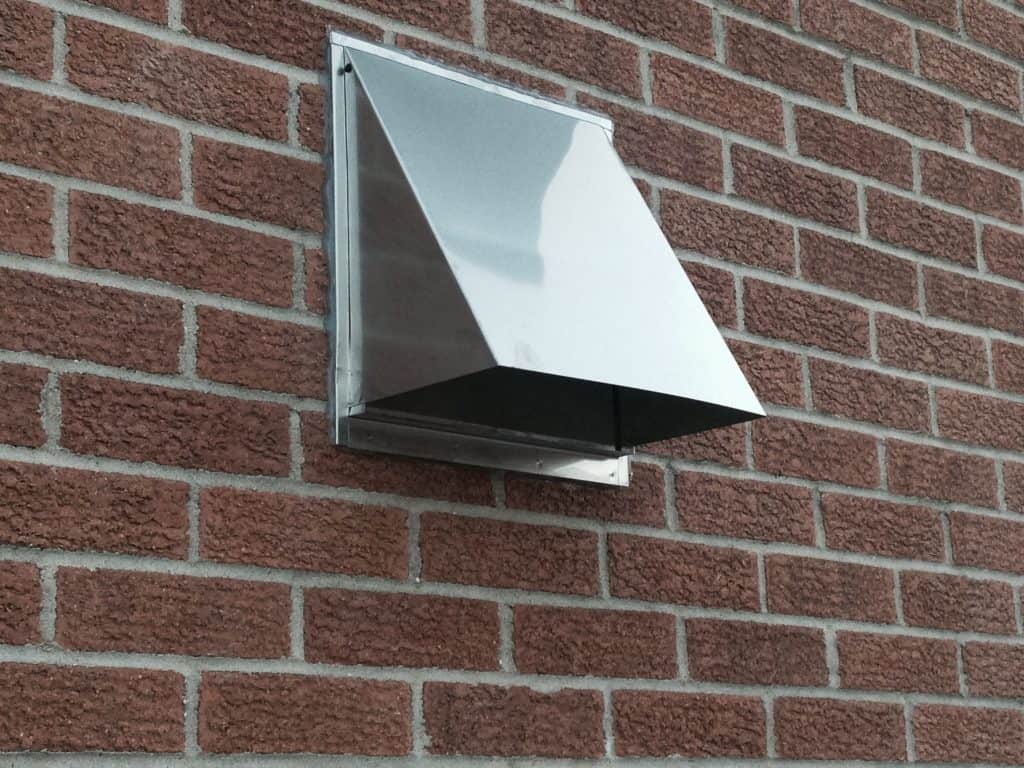 Proper ventilation in your kitchen also helps to improve the overall air quality and circulation. When cooking, steam and heat can quickly build up, making the space hot and uncomfortable. With a venting system, this steam and heat are directed outside, keeping your kitchen cool and comfortable. It also helps to circulate fresh air into your kitchen, preventing any musty smells or mold growth.
Proper ventilation in your kitchen also helps to improve the overall air quality and circulation. When cooking, steam and heat can quickly build up, making the space hot and uncomfortable. With a venting system, this steam and heat are directed outside, keeping your kitchen cool and comfortable. It also helps to circulate fresh air into your kitchen, preventing any musty smells or mold growth.
Adding to the Aesthetics of Your Kitchen
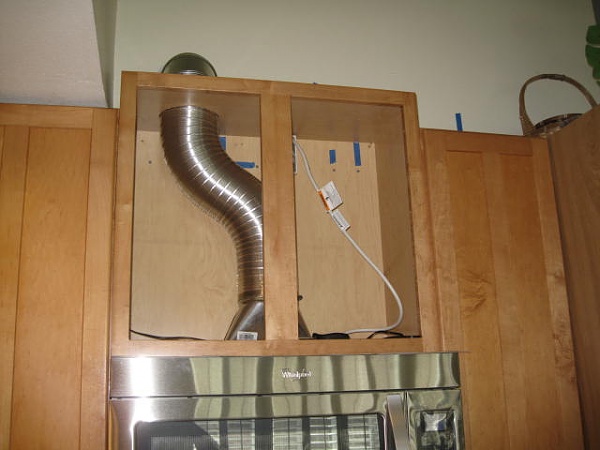 Apart from its functional benefits,
kitchen stove venting on the wall
also adds to the aesthetics of your kitchen. With a variety of designs and styles to choose from, you can find a vent hood that complements your kitchen's overall design. It can also act as a focal point, adding a touch of elegance and sophistication to your space.
Apart from its functional benefits,
kitchen stove venting on the wall
also adds to the aesthetics of your kitchen. With a variety of designs and styles to choose from, you can find a vent hood that complements your kitchen's overall design. It can also act as a focal point, adding a touch of elegance and sophistication to your space.
Investing in Your Home
 Lastly, proper kitchen stove venting is a smart investment in your home. It not only adds value to your property but also saves you from potential costly damages and health hazards in the long run. So, when designing or renovating your kitchen, make sure to prioritize
kitchen stove venting on the wall
for a safe, comfortable, and beautiful cooking space.
Lastly, proper kitchen stove venting is a smart investment in your home. It not only adds value to your property but also saves you from potential costly damages and health hazards in the long run. So, when designing or renovating your kitchen, make sure to prioritize
kitchen stove venting on the wall
for a safe, comfortable, and beautiful cooking space.







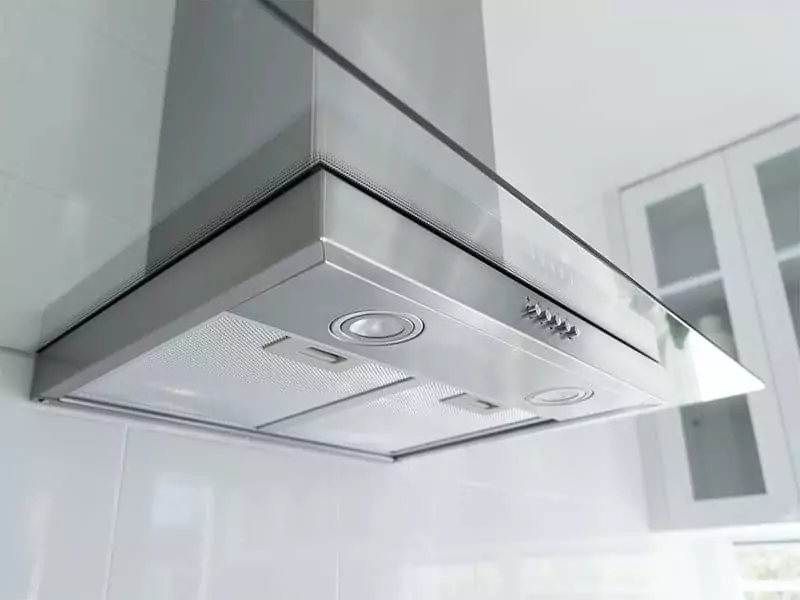

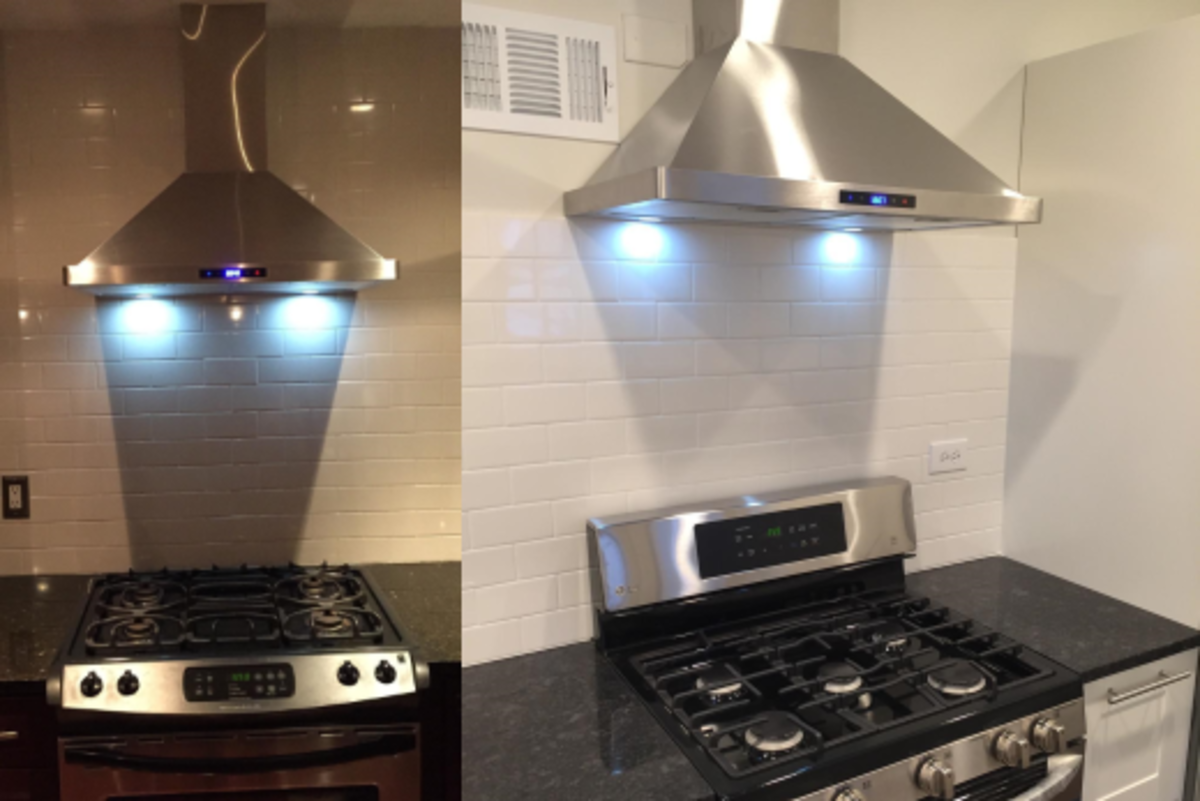


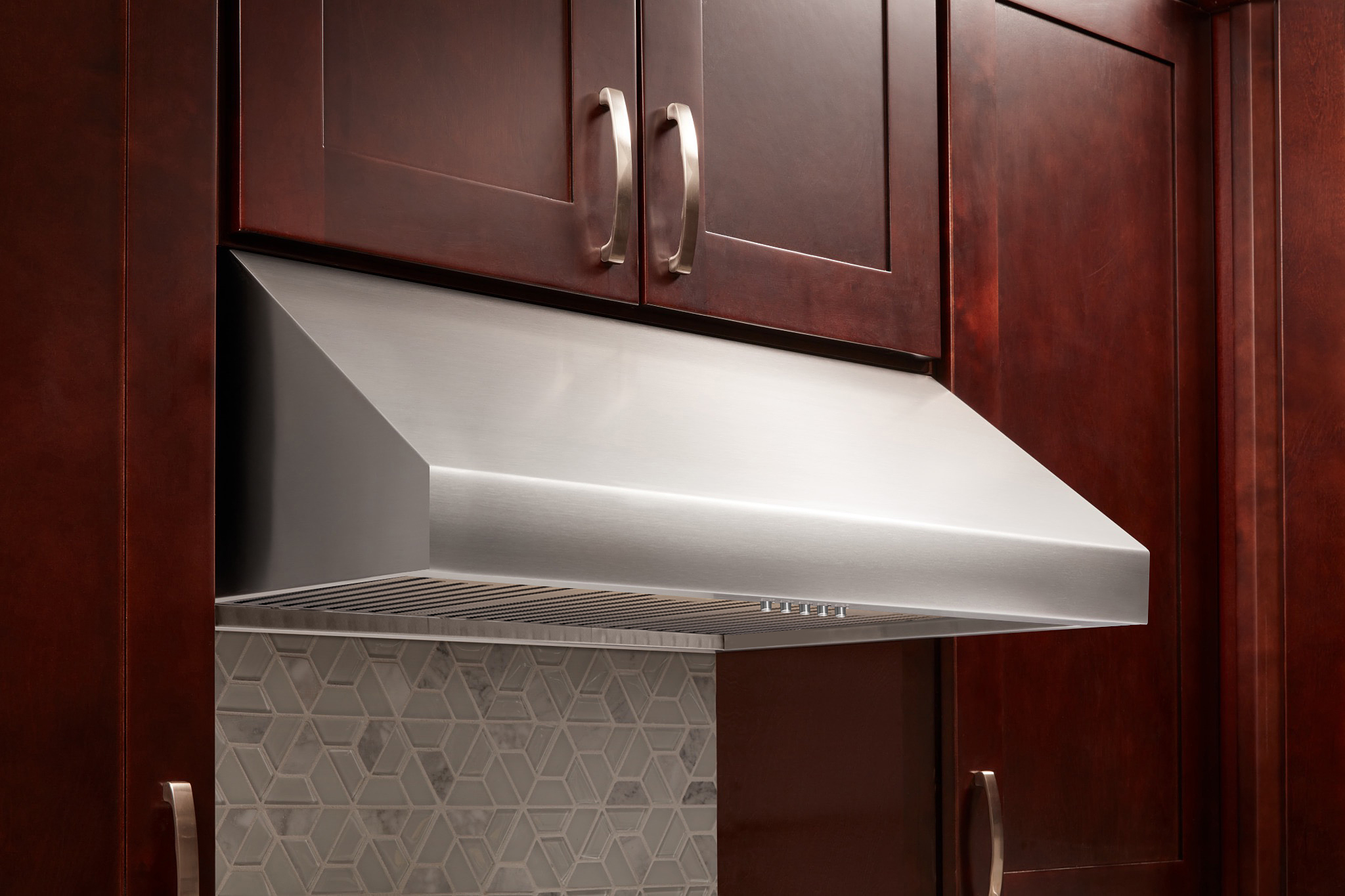


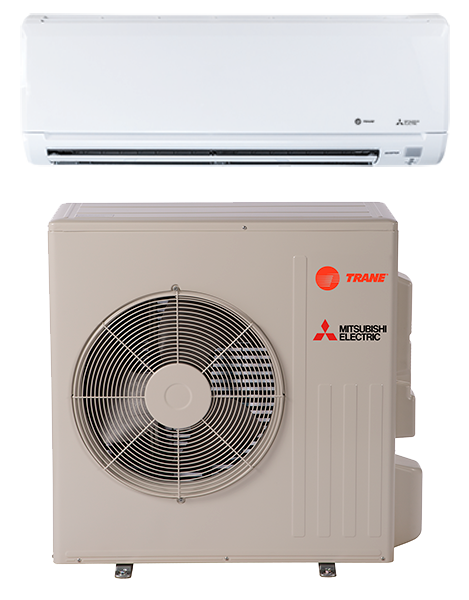
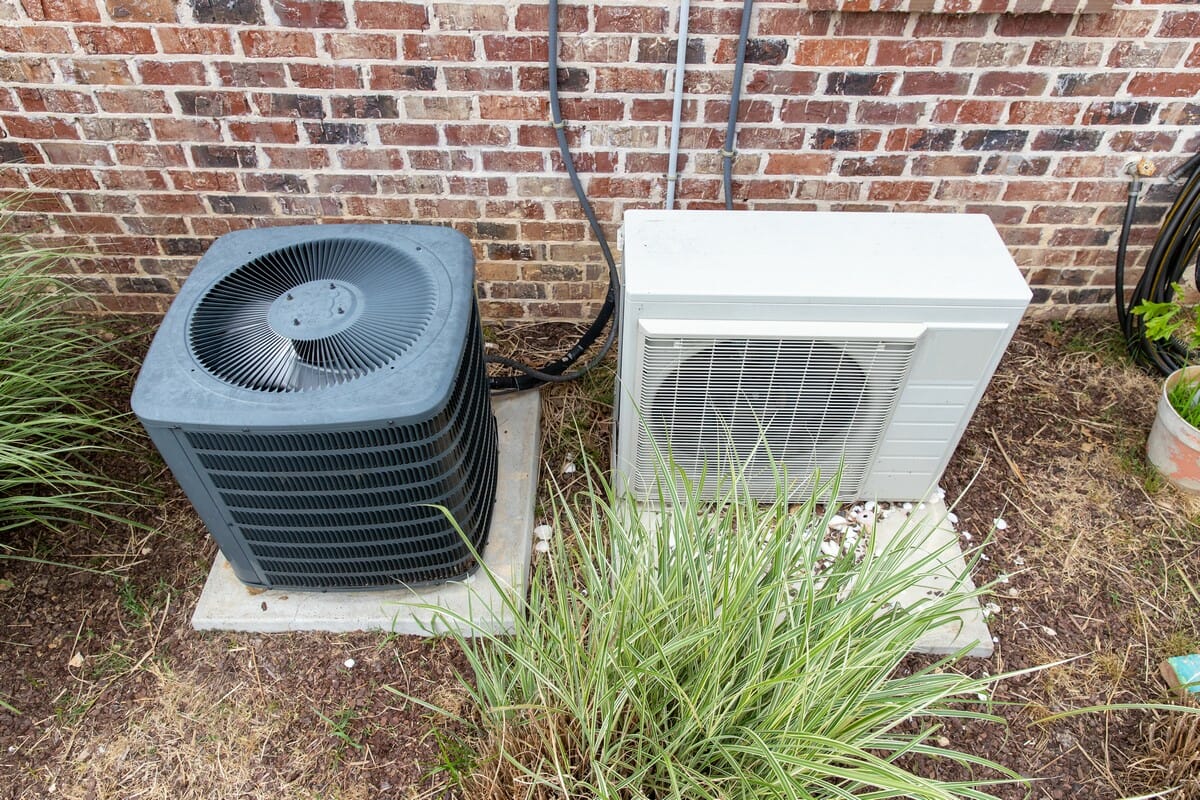

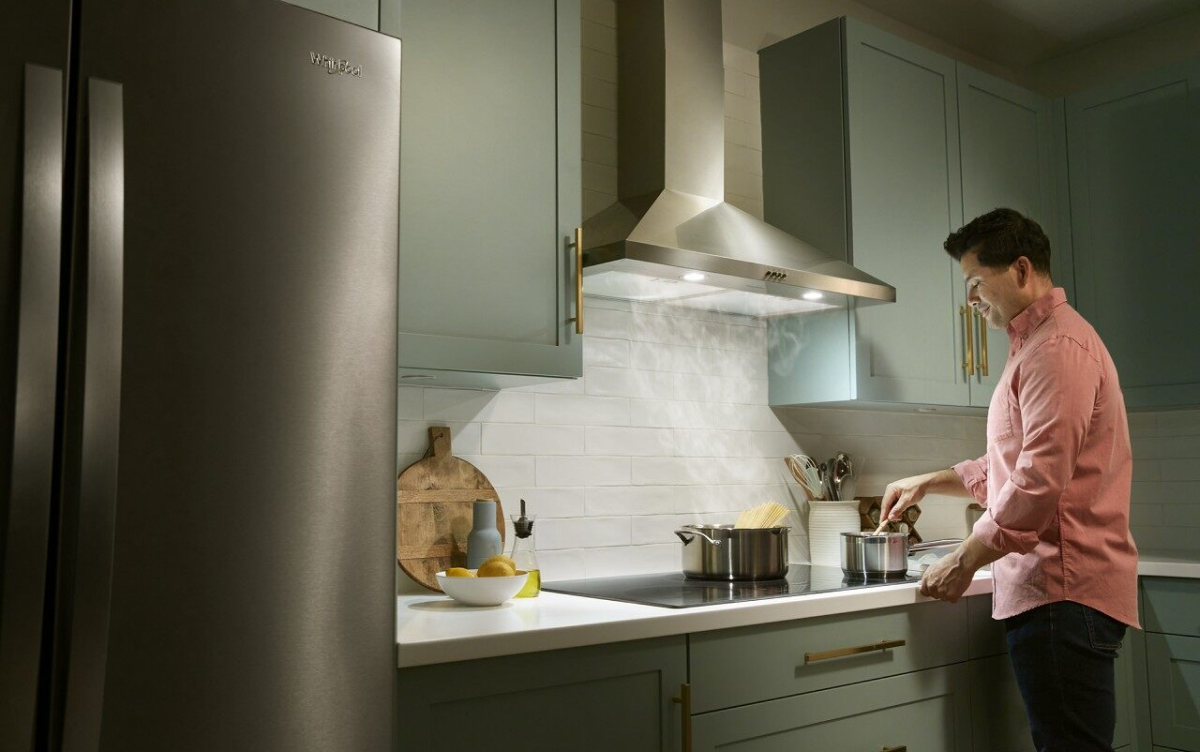
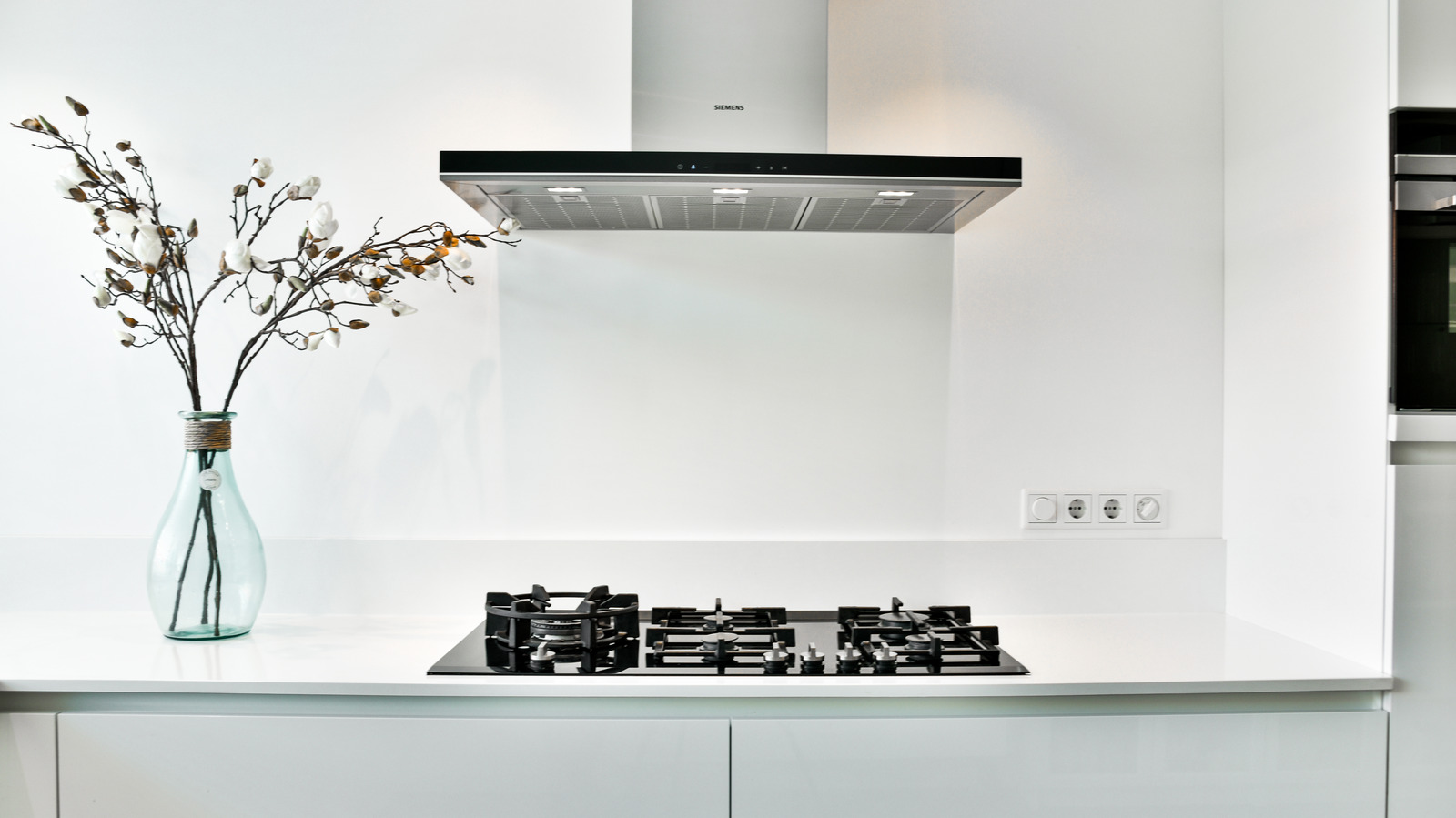
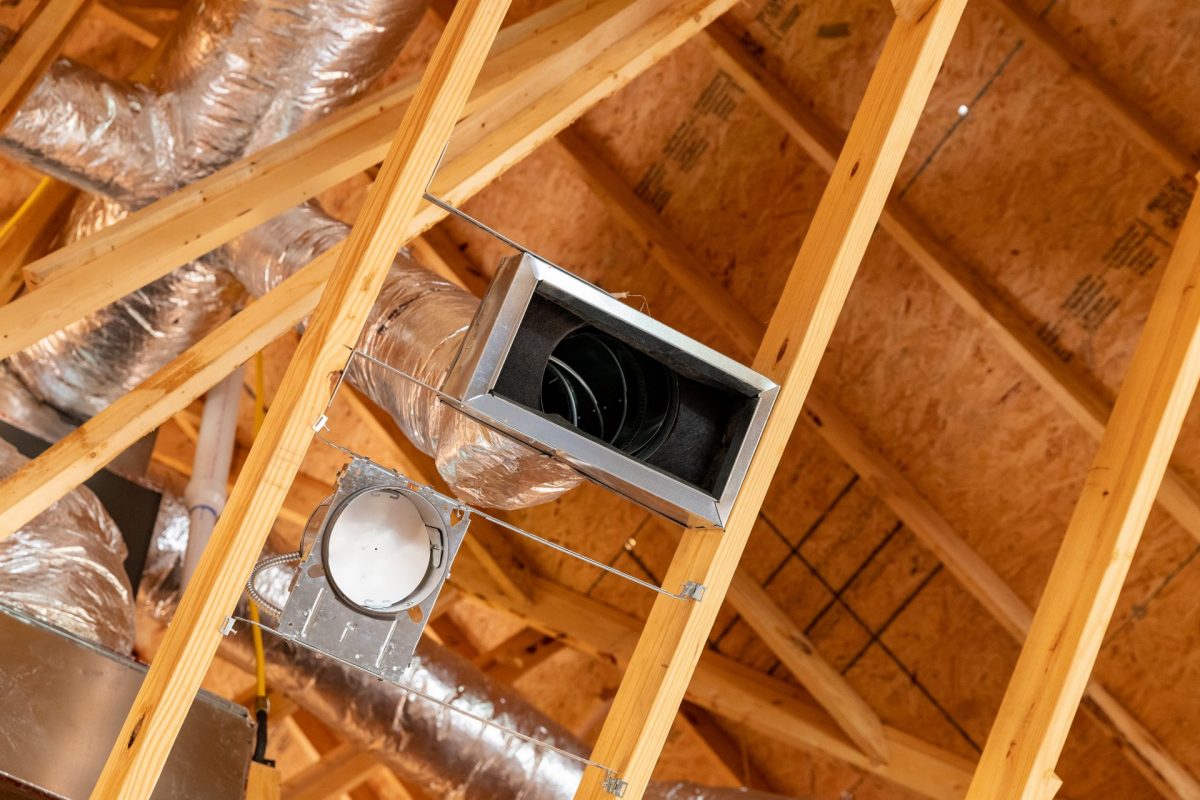
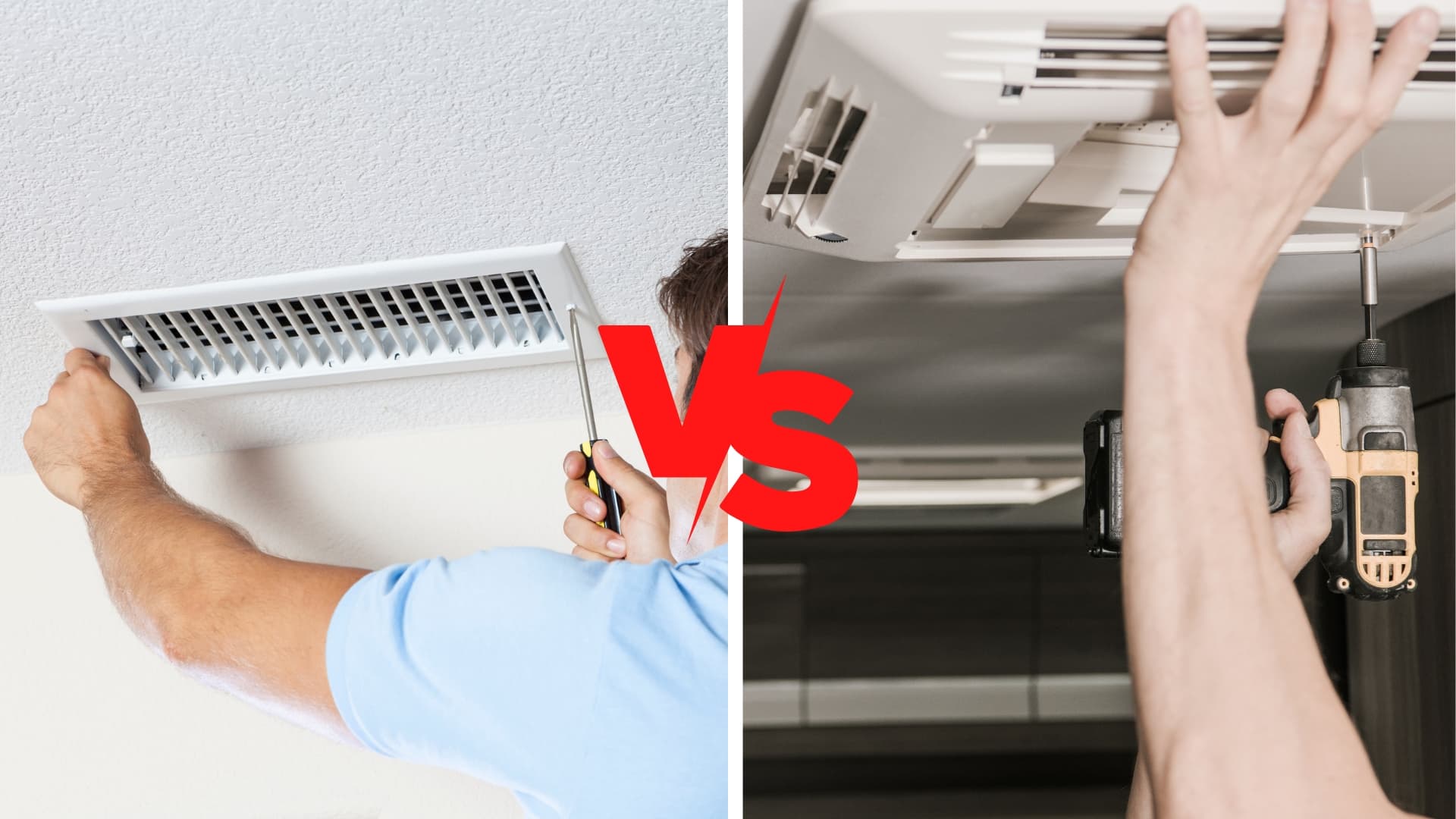



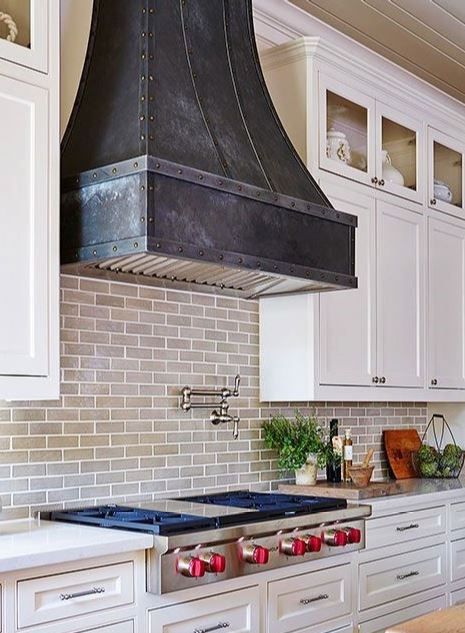





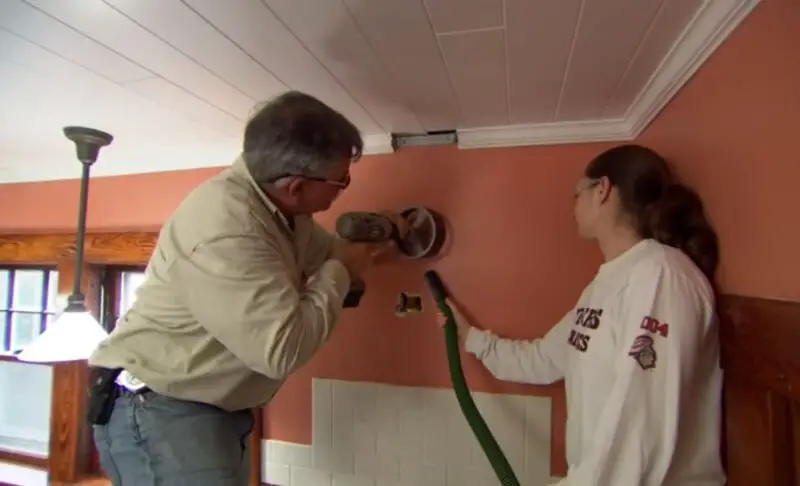


/cdn.vox-cdn.com/uploads/chorus_asset/file/19498652/range_vent_hood_xl.jpg)






